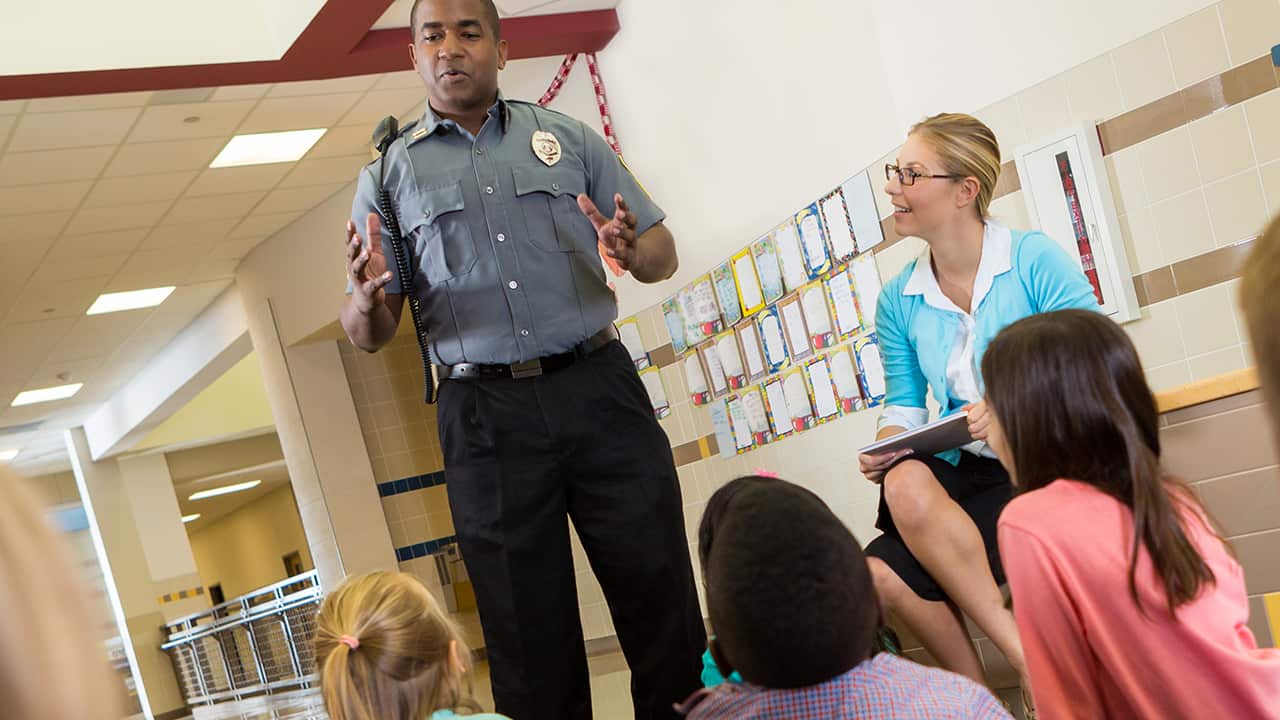Often students with autism have difficulty with executive functioning skills, such as discriminating between important and unimportant information and focusing on the task at hand. The presence of a visual aid focuses the student’s attention and helps them filter out the excess distractions in their environment.
Although there are many visual strategies that help students build learning and comprehension in the content areas, from strengthening literacy and math skills to understanding more abstract concepts, here are three examples of practical visual strategies that you can implement in your classroom today to support executive functioning in your students with autism:
1. Pair key vocabulary during reading with symbol or picture support.
This enables students to look at a text selection and determine the important aspects of the text. Seeing the symbol-supported text triggers the student’s brain to recognize that this word is important. When it comes time to answer comprehension questions, they are able to more easily remember the main idea of the text or identify the meaning of vocabulary terms within the text. This type of recognition can also be achieved through social narratives and scripting for learning social skills. Providing visuals of expected behavior and social norms paired with key vocabulary can improve social interaction with adults and peers.
2. Use visuals during transitions.
Giving the student a visual that can travel with them throughout the school environment helps them focus on where they are going. As they move through the building, the visual will help them differentiate between other visual information (an exit sign, other students going to a different class, or an arrow showing the way to the library.) Carrying the visual with them refocuses their attention on where they are supposed to be going. This can be easily incorporated with a visual schedule using velcro symbols or pictures that students can remove and transfer to the new environment.
3. Provide visual steps for completing tasks in the classroom.
A task tree or task analysis can help students prepare for different subjects in the classroom. Consider the task tree for getting ready for calendar time. By projecting this on the screen in front of the class or on a personal device, the student’s attention is drawn to the current task. Additionally, each step gets its own visual. The student knows exactly what is expected of them in each step and can complete one step before moving on to the next. This takes all of the information required to get ready for calendar and breaks it down so that they can independently transition with the correct materials for class.
Using visuals to address central coherence deficits is a simple strategy that provides much-needed support to students with autism. To help provide students with added context of their surroundings and what’s expected of them, apply the three examples above or branch out and try something new. Visuals are easy to create, especially with the templates provided in SymbolStix PRIME and the task tree and visual schedule found in Positivity. With the ability to select relevant symbols or upload pictures from the classroom or school, there is flexibility to meet the needs of all students with autism in the classroom.



